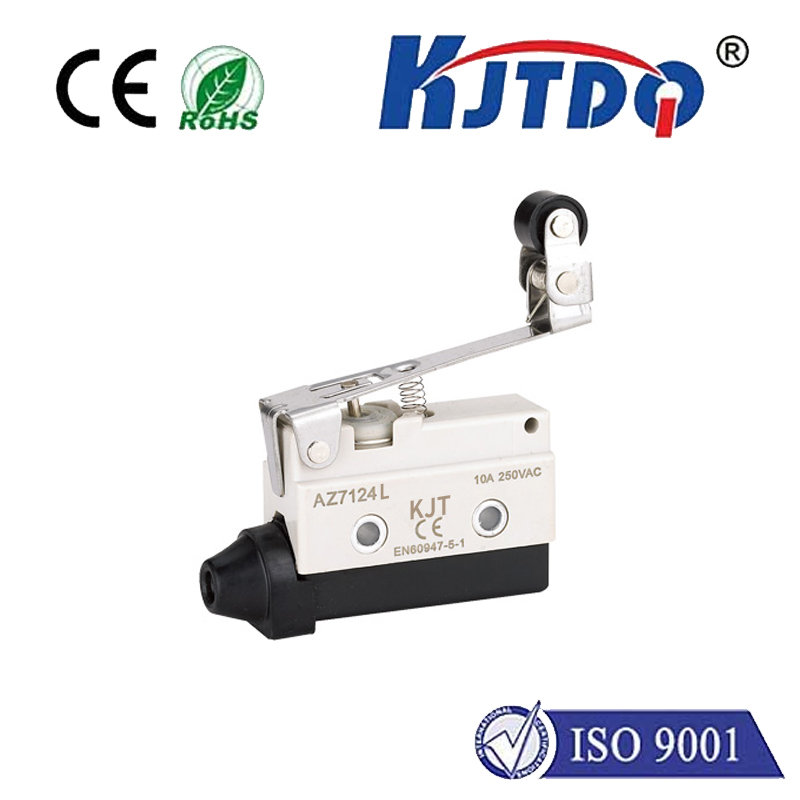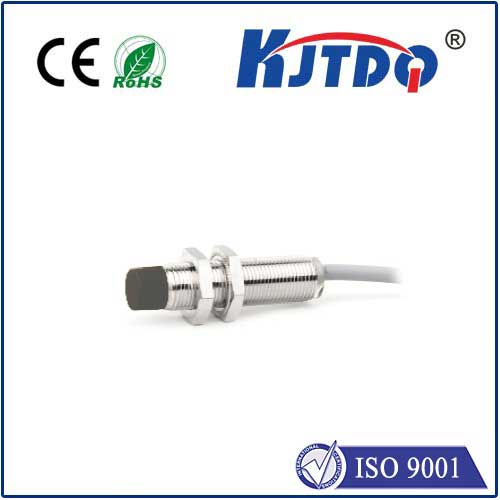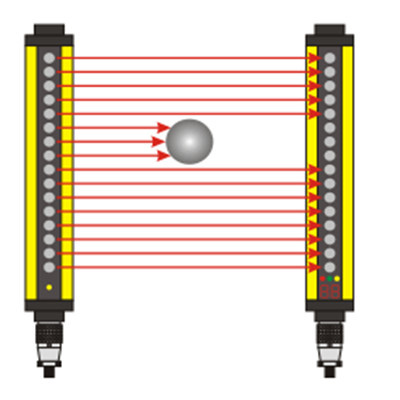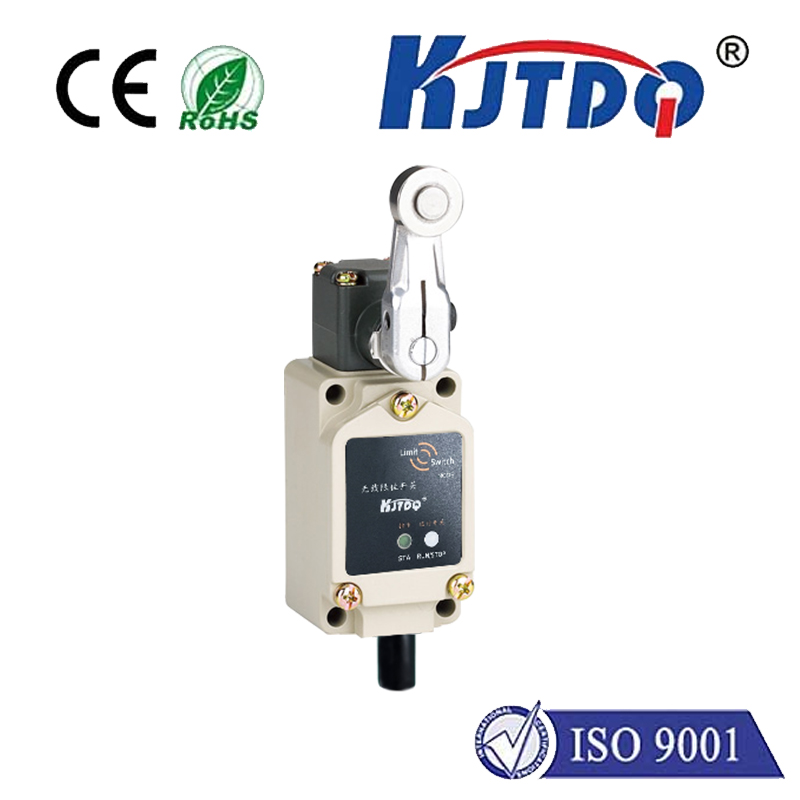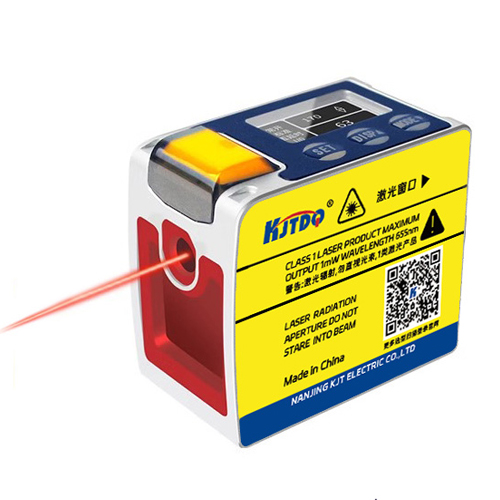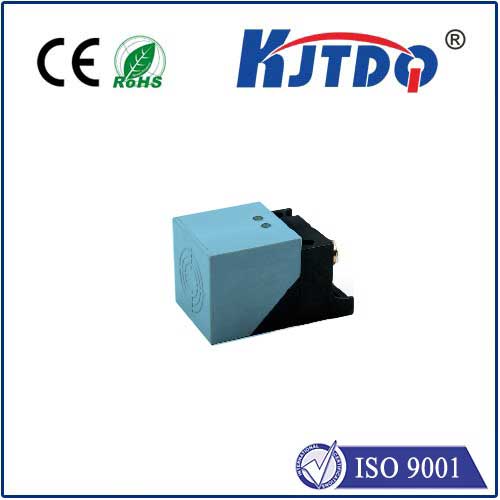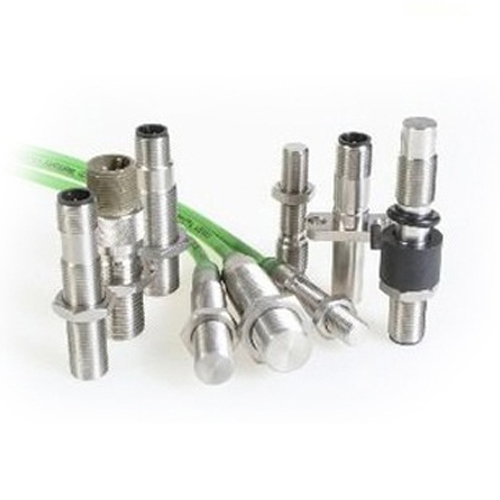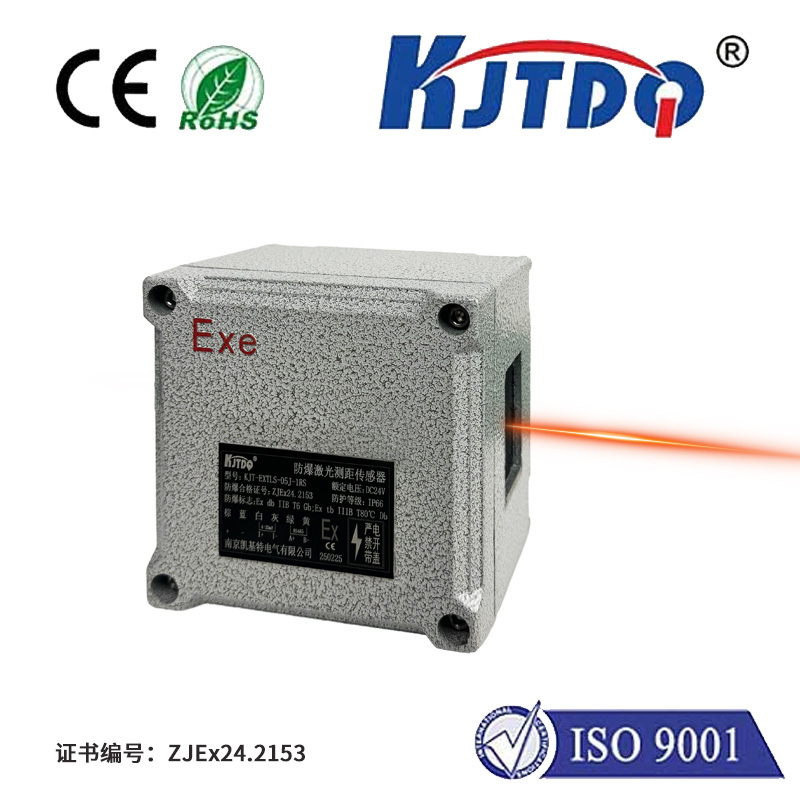photoelectric sensor switch
- time:2025-09-10 17:59:49
- Click:0
The Light Touch Revolution: How Photoelectric Sensor Switches Power Modern Automation
Imagine a warehouse where products move too fast for the human eye, a packaging line counting thousands of items per minute with perfect accuracy, or a safety gate that instantly halts machinery the moment someone approaches. This realm of superhuman speed, precision, and safety isn’t science fiction – it’s the everyday reality enabled by photoelectric sensor switches. These ingenious devices are the silent workhorses of industrial automation and countless everyday applications, using light to ‘see’ and trigger actions with remarkable reliability. Understanding their operation, types, and advantages unlocks the key to smarter, safer, and more efficient systems.
The Fundamental Principle: Seeing with Light
At its core, a photoelectric sensor switch is a device that detects the presence, absence, or distance of an object using a beam of light (usually infrared, visible red, or laser). It operates on a beautifully simple principle:
- Light Emission: An integrated emitter (often an LED or laser diode) projects a focused beam of light.
- Light Reception: A receiver (typically a photodiode or phototransistor) is positioned to detect this incoming light. The receiver constantly monitors the intensity of the light hitting it.
- Detection & Switching: When an object interrupts the light beam, or reflects it sufficiently (depending on the sensor type), the light level at the receiver changes dramatically.
- Signal Processing: The sensor’s internal circuitry detects this change and translates it into an electrical signal.
- Output Trigger: This signal activates or deactivates the sensor’s output switch. This switch can be a solid-state transistor (PNP/NPN) or a relay contact, sending a definitive ON/OFF signal to a controller, PLC, or directly to a machine.
The Three Main Flavors: Choosing the Right Light Path

Not all photoelectric sensor applications are the same, leading to three primary configurations, each excelling in specific situations:
- Through-Beam (Opposed Mode): The classic configuration. The emitter and receiver are housed in separate units, facing each other. The emitter sends a continuous beam directly to the receiver. Detection occurs when an object breaks this beam. Key Advantages: Longest sensing ranges, high immunity to object color, texture, or reflectivity. Ideal for: Detecting opaque objects over large distances, precise positioning, high-speed counting.
- Retroreflective: The emitter and receiver are housed in a single unit. They face a special retroreflective target (like a prismatic reflector tape). The emitter’s light beam travels to the reflector and bounces straight back to the receiver. Detection occurs when an object interrupts the reflected beam. Key Advantages: Easier installation than through-beam (only one device to mount and wire, plus reflector). Good sensing range. Ideal for: Detecting objects where mounting opposite sides is impractical, presence detection on conveyors.
- Diffuse Reflective (Proximity Mode): The emitter and receiver are housed in a single unit, pointed in the same direction. The emitter sends out light that reflects diffusely off the target object. Some of this scattered light returns to the receiver. Detection occurs based on the strength of this returned light. Key Advantages: Requires no separate reflector; detects the object itself. Ideal for: Detecting objects at closer ranges, presence detection, color detection/brightness discrimination (using specific models), detecting objects without a convenient background.
Why Choose Photoelectric Sensing? The Compelling Advantages
The widespread adoption of photoelectric sensor switches isn’t accidental. They offer unique benefits that make them superior to mechanical switches and other sensing technologies in countless scenarios:
- Non-Contact Detection: The biggest advantage. Light doesn’t physically touch the target. This eliminates wear and tear on both the sensor and the object, leading to virtually limitless lifespan for the sensor and preventing damage to delicate items.
- High Speed & Response Time: Light travels incredibly fast. These sensors can detect objects and switch their outputs in microseconds, enabling them to keep pace with the fastest production lines and robotics.
- Exceptional Reliability & Precision: They provide consistent, repeatable detection unaffected by mechanical bounce or friction. Modern sensors offer precise focusing and background suppression features for pinpoint accuracy.
- Versatility in Detection: Capable of detecting virtually any solid object – metal, plastic, wood, glass, liquid levels, even transparent films (with specialized sensors). Additionally, specialized models detect differences in color, contrast, or luminescence.
- Long Sensing Ranges: Through-beam sensors, in particular, can reliably detect objects several meters away.
- Adaptability: Available with various output types (digital ON/OFF, analog distance), housing materials (metal, plastic), beam patterns (spot, cross-beam, grid), and beam types (IR, visible red, laser) to fit almost any environment or requirement.
- Reduced Maintenance: With no moving parts subject to friction, and sealed designs protecting against dust and moisture, they require minimal maintenance compared to mechanical switches.
Where the Light Leads: Ubiquitous Applications
The applications for photoelectric sensor switches are vast and touch nearly every industry:
- Industrial Automation: The heartland. Object presence/absence on conveyors, precise positioning for robots, accurate part counting, fill level detection in bottles/cans, stacking height control, break detection in material webs, registration marks for printing.
- Packaging Machinery: Detecting film/web position, ensuring carton flaps are closed, verifying case packing completion, tamper evidence detection.
- Material Handling & Logistics: Pallet detection, object detection on AGVs (Automated Guided Vehicles), parcel dimensioning, sorting gates in warehouses, elevator door safety.
- Safety Systems: Safety light curtains guarding dangerous machinery points, automatic door sensors, emergency stop backup verification.
- Consumer Electronics: Paper detection in printers, copiers, and ATMs, disc tray position detection.
- Building Automation: Occupancy detection for lighting control, security beam systems.
Selecting the Right Photoelectric Sensor: Key Considerations
Choosing the optimal photoelectric sensor switch requires careful thought about your specific application:
- Detection Distance: How far away is the target? (Through-beam offers longest range).
- Object Characteristics: Size? Color? Surface (shiny, matte, transparent)? Material?
- Environment: Dust, mist, smoke, temperature extremes, vibration, ambient light levels (sunlight, welding glare)? Look for appropriate IP ratings and environmental hardening.
- Required Output: Simple ON/OFF (Digital) switch signal? Analog distance signal? Relay or Solid-State (PNP/NPN)?
- Mounting Constraints: Space limitations? Can you mount components on opposite sides (Through-beam) or only one side (Retroreflective, Diffuse)?
- Required Features: Background suppression (ignores objects beyond the target)? Precise focus? Color sense? Synchronization to avoid interference? Self-teaching capability?
Harnessing the Power of Light
From the relentless pace of automotive assembly lines to the quiet efficiency of vending machines, photoelectric sensor switches are fundamental enablers of modern technology. Their ability to provide fast, reliable, non-contact detection using light makes them indispensable tools for automation engineers, designers, and technicians. By understanding their modes of operation – through-beam, retroreflective, and diffuse – and carefully considering the demands of your application, you can select the perfect photoelectric sensor to bring new levels of efficiency, accuracy, and safety to your systems. The simple act of interrupting or reflecting a light beam continues to power a revolution in the way we interact with and control the machines around us.






